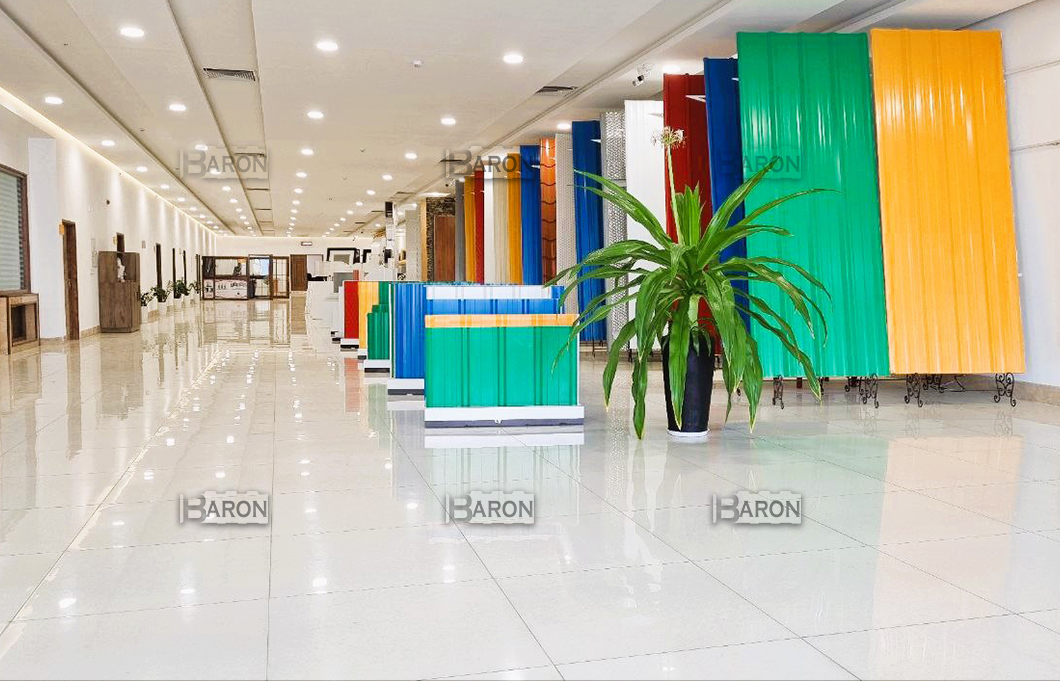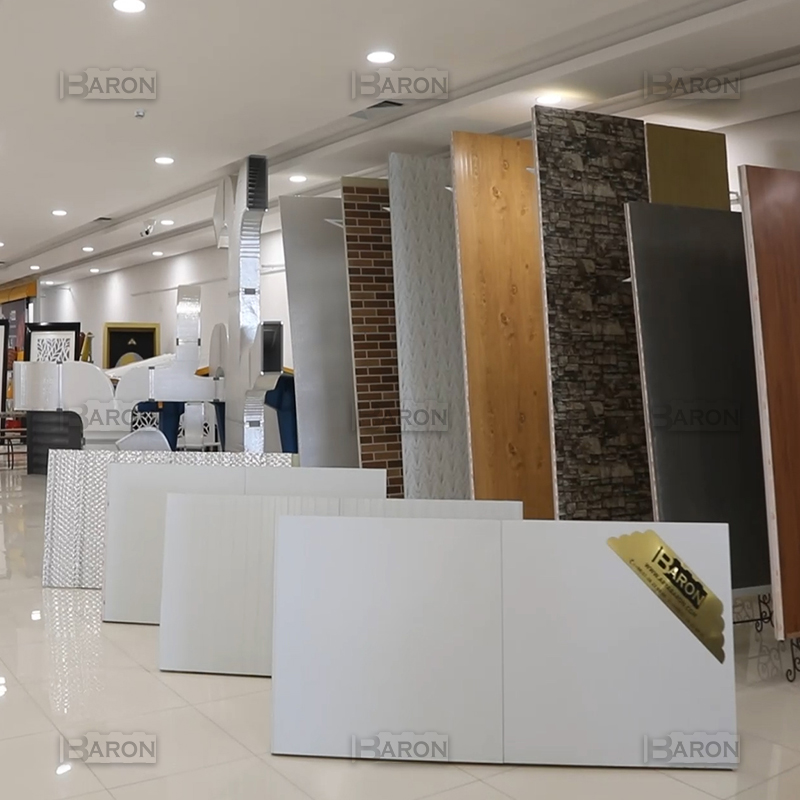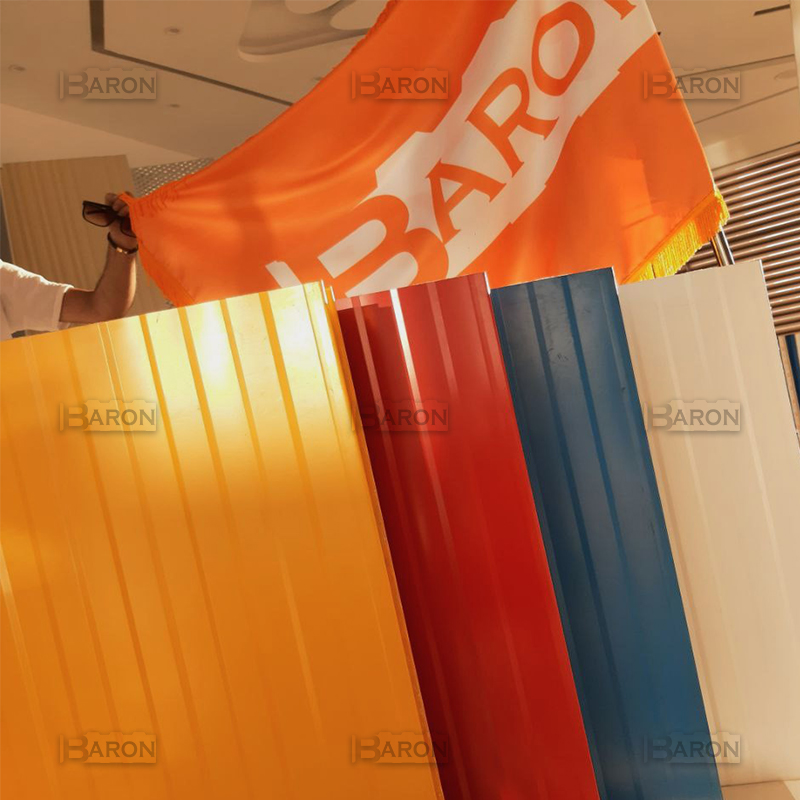Installing wall sandwich panels requires careful consideration of several critical factors before installation, such as column spacing, panel width, and panel height. To install these wall panels, they are first connected to each other using screws, nuts, and gaskets, and then waterproofed. The initial step in installing wall sandwich panels is proper substructure preparation. For a standardized and proper substructure, the following factors must be accurately observed:
- Accurate measurement of column spacing at the installation site
- Panel heights
- Wind direction assessment
Wall panels can be installed vertically or horizontally based on existing conditions. Installation methods generally fall into two categories:
- Hidden screw method
- Metal Corner and Edging method
In the metal corner and edging method, framing is initially set up using 90-degree angle corner irons, forming a rigid structure where panels are subsequently placed and secured within this frame. In this method, specialized sandwich panel adhesive is used to cover the gaps between panels. This installation method is more commonly utilized in constructing cabins and caravans.
In sandwich panels with hidden screws, the installation method differs from the above-mentioned approach. These panels are manufactured with overlapping lips (often called “orlips”) where there is a metal column located. The role of this metal column is to anchor the panels together through screws. This unique feature is why they are referred to as hidden screw panels: each subsequent panel covers the screws of the previous one, ensuring a clean appearance without exposed fasteners. Despite concealing the screws, this method enhances the structural integrity of the walls by securely fastening the panels together. Hence, for robust structures where wall strength is crucial, this method of installing wall sandwich panels is commonly preferred.
Arya Baron wall sandwich panels are distributed throughout the country by Arya Baron sales representatives.




